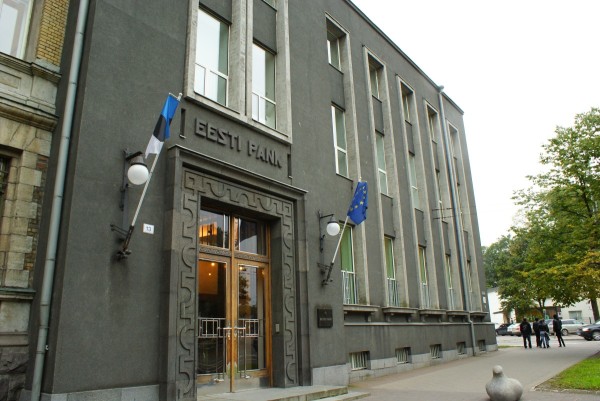Sulev Pert, Economist at Eesti Pank. 07.02.2017
• Consumer price inflation climbed as oil and food became more expensive on the world market
• The Eesti Pank December forecast expected average inflation for this year to be around 3.0%, and current developments are in line with that
Data from Statistics Estonia show that the consumer basket was 2.7% higher in price in January than a year earlier and 0.4% higher than in December. The harmonised index of consumer prices for the euro area was up over the past 12 months by 1.8%.
The faster rate of rise of consumer prices has been caused by rises in global energy and food prices. Commodities prices started falling on world markets in 2011, but in early 2016 the prices of oil and food started to rise again. The price of metals and other inputs for manufacturing has also risen globally in recent months. The price of oil in dollars is still half what it was in 2011, and prices of manufacturing inputs are 33% lower. The price of commodities is made less favourable though by the depreciation of the euro against the dollar by around 23% over six years. The lower exchange rate does however favour exports from the euro area, and a recovery in economic growth.
Inflation for food products in the European Union’s internal market is being led by dairy products. The farm-gate price of milk in Estonia has risen back to its level of 2014, before sanctions were introduced by Russia. Together with prices for dairy products, those for fruit and vegetables have risen rapidly as the weather in southern Europe has not been favourable for farming. Vegetables rose by 10% in price over the past two months, and fruit by 4.8%. The immediate cause of this is that around 40% of the fresh vegetables consumed in Estonia and 90% of the fruit and berries are imported. Around one third of the imported vegetables come from sources outside the euro area, such as Poland and North Africa, and so the higher prices may also be due to the depreciation of the euro at the end of last year. Prices of fruit and vegetables have also risen and fallen sharply before, though the effect of a rise in prices usually takes about half a year to ease.
The Eesti Pank December forecast expected that the food basket for consumers will rapidly become more expensive this year, with the rate of rise passing 5%. In the coming months, once companies have exhausted their supplies in warehouses, consumer prices for food will also start to be affected by the rise in excise on alcohol and tobacco in February. Average inflation in the consumer basket in 2017 will reach 2.8%.
Higher prices for commodities on global markets are passing into consumer prices
Eestlased Eestis | 07 Feb 2017 | EWR
Eestlased Eestis
TRENDING
























